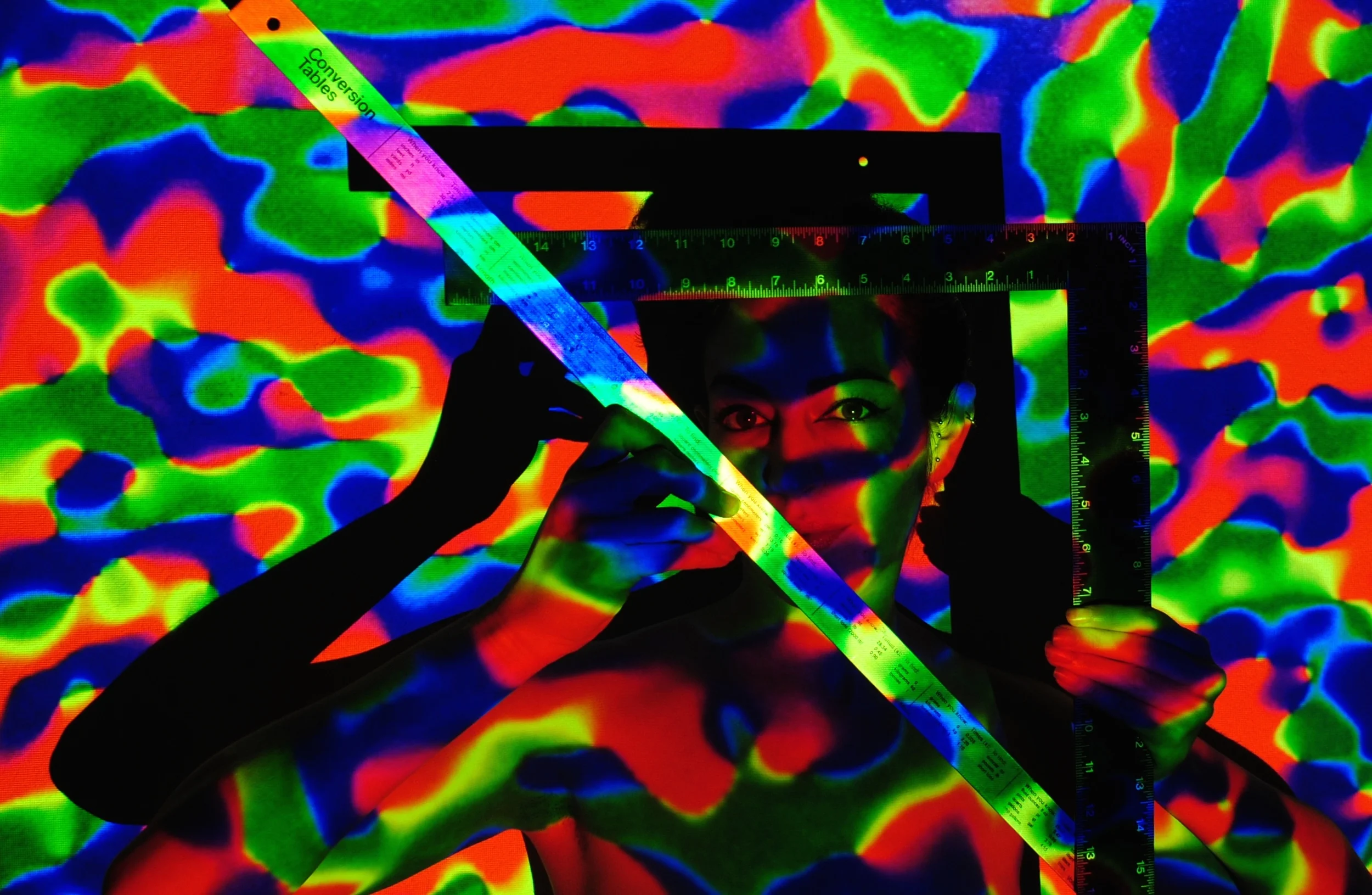Visual Pinwheels
When you look at an object, there are many lines and angles your brain has the task of deciphering to create and capture what we perceive as a form. This is processed in the primary visual cortex, V1. In the photo above, there are lines that run straight up and down, side to side and the combinations in between. Certain granule and pyramidal cell get really excited when they see a vertical lines. Others a horizontal These cells are arranged with other like minded cells in columns. These are known as cortical columns, or visual pinwheels.
Kaschube M, Schnabel M, Löwel S, Coppola DM, White LE, & Wolf F (2010). Universality in the evolution of orientation columns in the visual cortex. Science (New York, N.Y.), 330 (6007), 1113-6 PMID:
"Why are they called pinwheels?"
Excellent question. It is a bit of a stretch to see, but in the chaos of color, there is a pattern. The six different orientations come together in certain points forming, albeit rough, a pin wheel shape.
Why would they orient themselves in such a way?
Well, there is no clear consensus on this, yet. One possibility, think of a sonar in a submarine. The line that circulates (the radius) goes around one point to scan as effectively as possible the largest surface area. The cells are laid out as efficiently as possible around conferring points, thus creating a six person consensus of a stimuli. If the cells were instead arranged in bars with just 45-ers in one area far from the horizontal, there would be the possibility of missing a curve because the cells who are wild about curves are in two bars down the street, unaware of the beautiful curve that just walked in.
Thank goodness for our pinwheels.
References:
Kaschube M., et al. (2010), Blasdel G.G. and Salama G. (1986)
Published in Knowing Neurons May 2014



